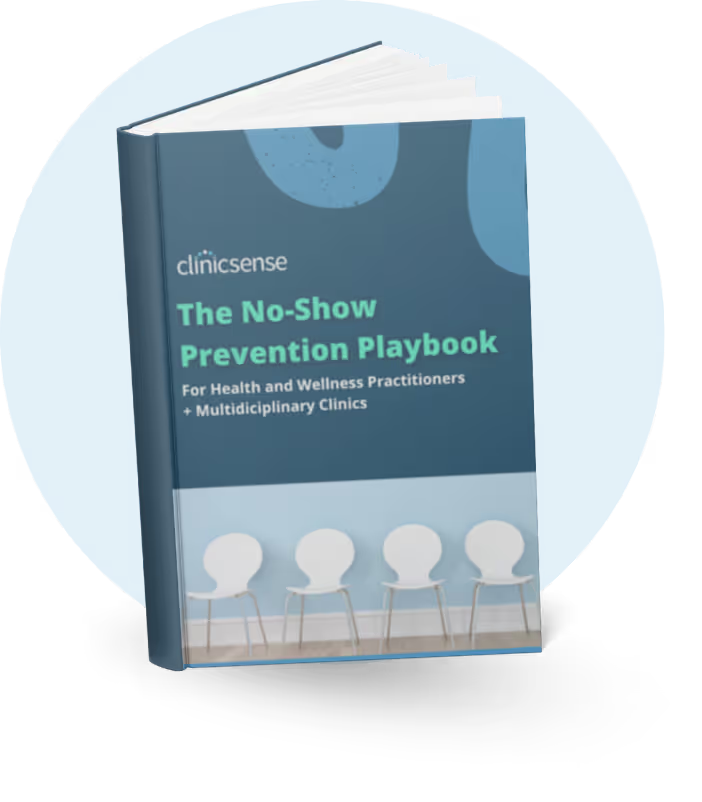Marketing
June 12, 2023

Ever wonder how to get your website to the top of the search result page? This article is for you. You’ll learn how to implement a massage therapy SEO strategy that can help. First, learn how SEO works, and what you need to get started. Then, learn strategies that can help get your website on the first page, and maybe even the top.
If you’re reading this article, you’ve probably heard of SEO before, but do you know how it works? Many massage therapists don’t describe themselves as tech-savvy. If that’s you, don’t worry. This is not beyond your grasp.
SEO stands for Search Engine Optimization. Simply put, this means making it easy for search engines to understand what your website is about.
When you search for something online, the search engine crawls over web pages gathering information. It looks for keywords that match your search criteria. If it finds those words, along with relevant content, it adds the page to the results. Websites are listed in order of relevance on the SERP (search engine results page).
Therefore, if you want to rank in the top results:
Why does your massage therapy business need a SEO strategy? There are billions of people searching the internet for answers to their questions, right now.
“Hey, Google. Where’s the nearest massage therapist?”
“Siri, what’s the best wellness center in Boston?”
When people search for your services, you want to be on the list of results. Ideally, you want to be near the top of the list.
Few people will scroll to the bottom of the SERP, and even fewer look beyond page 1. Implementing SEO strategies can help you rank higher in SERPs.
Think of SEO as marketing your massage website to search engines. Google has the potential to be your #1 referral source.
Now that you understand the general concept of SEO, let’s look at it in practice.
Your massage therapy SEO strategy starts with 3 things:
First, your massage therapy SEO strategy requires a good website. It doesn’t have to be expensive or fancy. However, it should look clean and professional. This will be the place people land when they find you online.
Second, you need a physical location. Publish your address and contact information on your website. Add it to the footer of your website, so it shows up on every page. This will help you show up in local searches, like “massage therapist near me.”
Finally, your massage SEO strategy needs keywords. Keywords are words people type into the search bar when looking for something. If you want to rank for those keywords, they must appear on your website. Not only that, but the content on the page needs to be relevant to that keyword.
“Wellness center Boston”
“Massage therapists in Nashville”
“Sports massage Vancouver”
If you're not sure if you have good keywords, type them into Google and look at the suggestions listed under "People also ask". For a deeper dive into identifying which keywords your website ranks for, check out how tools like keyword rank checker and Google Search Console can help you understand your site’s performance and uncover valuable keyword opportunities.
Once you choose keywords, the next step is to do what’s called “on-page optimization.” That involves adding keywords to the places Google is going to look for them.
Optimize each page on your website in 4 simple steps.
The first step in implementing your massage therapy SEO strategy, is adding the keywords to your website copy (the text on your website). Use the keywords frequently in the text, but only where it makes sense to do so.
Next, find where to add information to on-page SEO. The location of this will vary, depending on what platform you use. A few economy platforms may not let you make all of these alterations.
Create a meta title for your webpage that includes your keyword. This will be the headline that shows up on the SERP.

Create a meta description that includes your keyword. This will be the description people see under the headline on SERPs.
Add your keyword to the URL slug for that page.

Now that you understand the basics, use the following tips to improve your SEO strategy.
Keep in mind, SEO is a long-term game. You won’t see results overnight. It could take a few months before you notice your website moving up the SERPs. Be consistent in your efforts, and it will pay off over time.
Do your research and find out what your potential clients are searching for. You can’t go wrong with local SEO. Targeting the name of your city is a good strategy. People are looking for massage therapists in your neighborhood, so use that as a keyword. If you offer a specific type of massage, you might use that as a keyword. For example “Sports massage Vancouver.”
If you’re not sure if you have a good keyword, type it into google and look at suggestions listed under “People also ask.”
On most search pages, Google Maps shows up before the rest of the search results. You want to be on that map.
Optimize your listing on Google Maps. If your business isn’t already listed on google maps, add it with a new business listing. If you’re already on the list, make sure your address, hours and contact information are correct. Also, add industry keywords there too.

If you use massage online booking software, like ClinicSense, you can integrate it with your Google listing, Facebook pages and more. This will allow people to book an appointment with you without visiting your massage website.
These days, a lot of people want to book online. Having the ability to book an appointment right then, can be why someone chooses your business.
Sometimes directories find you and add you to their list, but don’t wait for that to happen. Set up an account with directories like Yelp, Yellow Pages and Tripadvisor to add your business to their listings. Make sure your hours, location, contact info and address match on all these sites.
Often, when people search for things like “best massage therapist in Cincinnati”, directory sites like these take the top spot on SERPs. Being in their directory is another way people can find you in a search. Plus other sites linking back to yours improve your SEO.
Take a look at the massage businesses that are ranking higher than you. What are they doing well? Do they have more content or better content than yours? Do they have more keywords in their headlines? Is it a big chain? Do they have a ton of good reviews?
This will give you an idea of what you need to work on to inch your way to the top. Another strategy is to look at what they are not doing and beat them at that.
Most massage therapists focus on Google Business and directories - which is great - but often miss one of the most effective (and underused) tactics: earning backlinks from local blogs or listicles that already rank for massage-related keywords. For example, being mentioned in an article like “Top Massage Clinics in [City]” can make a noticeable difference in your visibility. Reaching out to those site owners - and offering a short quote or useful tip - can lead to a contextual mention or inclusion. This approach is part of what’s known as ROI-driven link building, a strategy that you could use to beat your competition.
Word-of-mouth is an integral part of a good massage SEO strategy. Google wants to give people the best results to their search queries. That means businesses with a lot of positive reviews are more likely to rank at the top of SERPs.
To get more reviews you can reach out to your existing clients asking them to review you - better yet, consider using massage marketing tools like ClinicSense who offer Google Reviews Booster services - they automatically reach out to your customers and use technology to help ensure that your best clients are leaving the best reviews online.
Starting a blog is an opportunity to create more relevant content and rank for more keywords. Choose subjects your clients care about and keywords they might search for. Then promote your posts on social media and in email marketing campaigns.
Another way to do this is to write an article for someone else’s blog. Add a bio that links back to your website to get more traffic and improve your SEO score.
This isn’t just a good strategy for marketing yourself to Google. It’s also a good way to market yourself as a massage therapist to humans too.
ClinicSense is a comprehensive practice management software designed specifically for healthcare professionals, including massage therapists. It offers a range of features and tools that can help your massage business grow in several ways:
By leveraging the features of ClinicSense, you can enhance the efficiency and effectiveness of your massage business operations, streamline administrative tasks, improve client satisfaction, and ultimately foster business growth.


.avif)
.avif)
.avif)









For 14 days